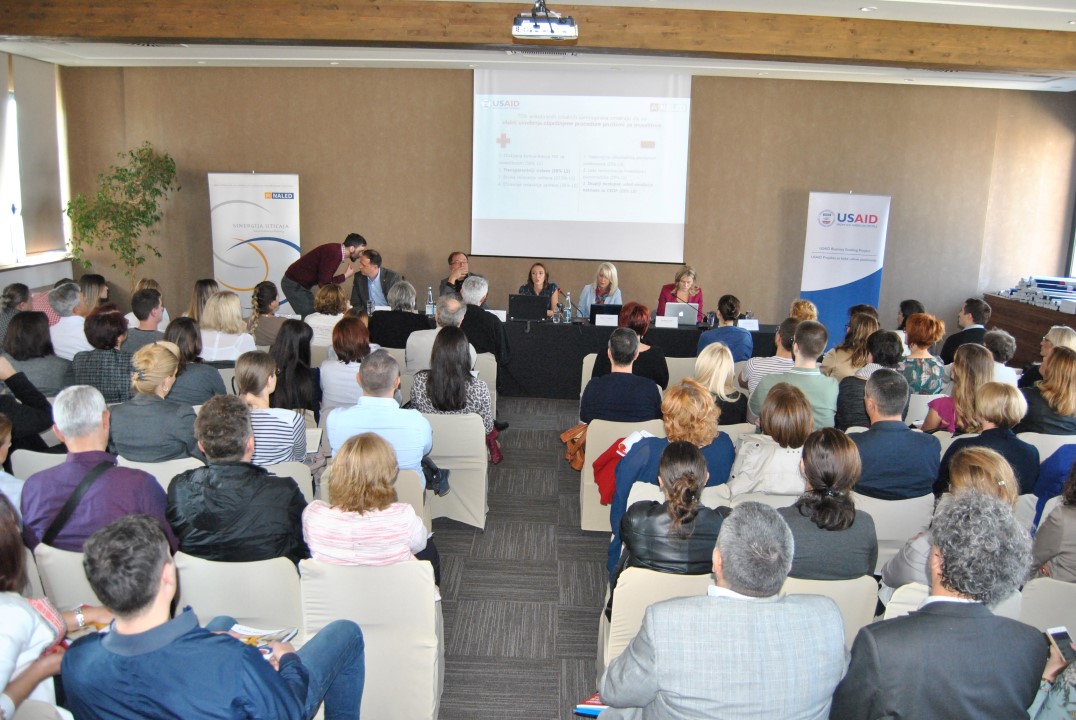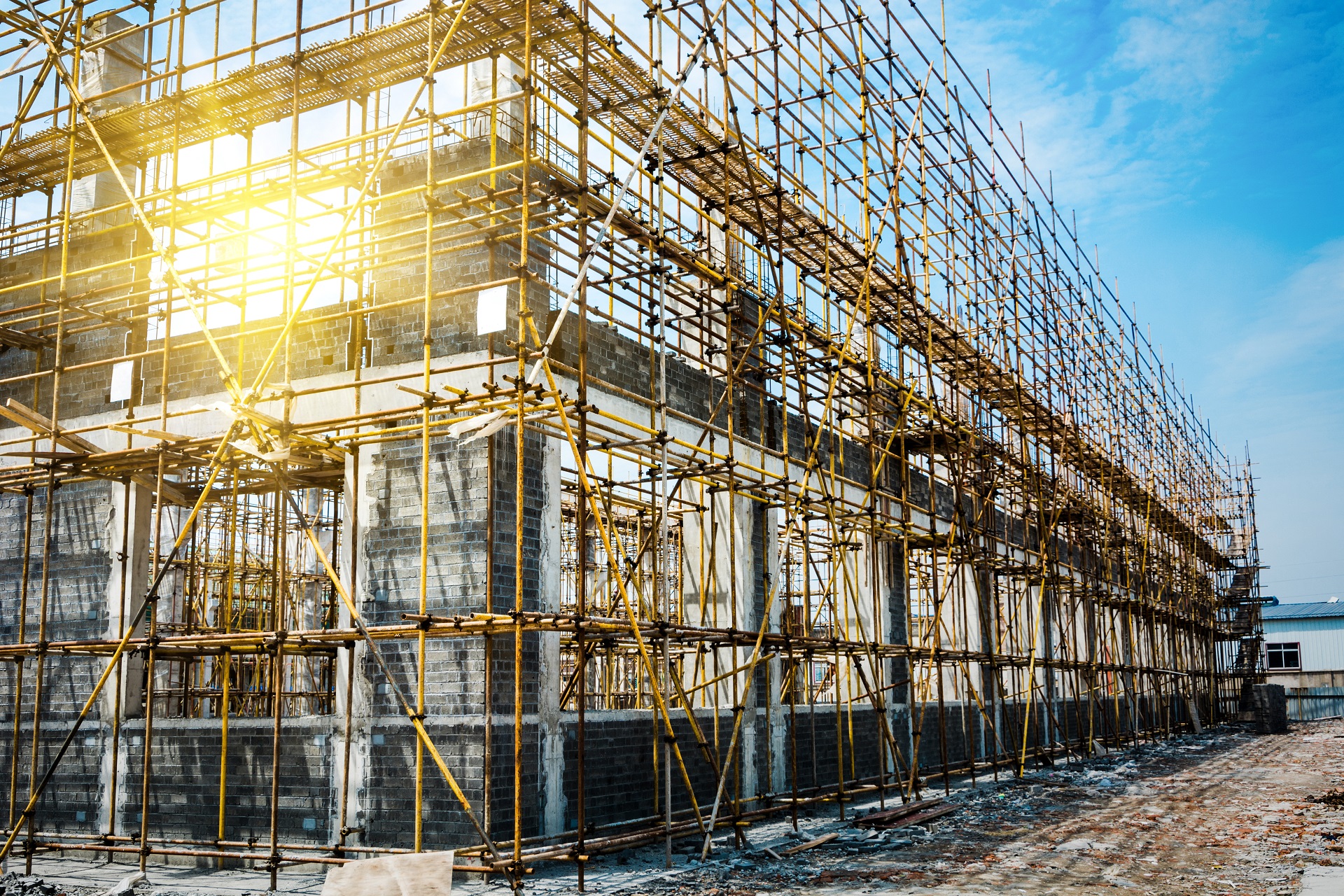Applications for construction permits rose by 20% in 2021
The second year of the corona virus pandemic did not disrupt the activities of the construction sector. In 2021, there were 138,890 applications for construction permits submitted to cities and municipalities, which is by 22,000 or around 20% more than in the previous year, according to an analysis by NALED's Property and Investment Alliance. The efficiency of local governments remained unchanged, and 85% of requests were resolved positively.
On the other hand, the spread of Corona virus has affected the observance of legal deadlines due to more frequent and longer absences of employees. The issuance of use permits was delayed the most - on average nine days longer than the legal deadline, the wait for a construction permit was four days longer, and the deadline for issuing location conditions was exceeded by an average of five days.
- Delays were recorded in as many as 50% of cities and municipalities, while in 2020, 15% of cities and 12% of municipalities had this problem. The pandemic is one of the reasons, but also the problem of insufficient technical capacities and lack of staff, considering that they are also in charge of legalizing facilities and converting the right of use into the right of ownership over land. Simplification and digitalization of legalization and conversion procedures, following the reform and introduction of e-permits, as well as enabling conversion without a fee, would certainly contribute to solving the problem the state has been facing for many years - says Tanja Vukotić Marinković, Vice President of the Property and Investment Alliance in NALED and a Registrar in Business Registers Agency that manages the system for submitting electronic requests.
In 2021, it took an average of nine days to issue a construction permit (eight in municipalities and 10 in cities), and 14 days for a use permit, in situations when investors submited a correct request.
A major challenge are still the situations where requests are returned for so-called harmonization. On average, one in ten request did not meet the formal requirements (13.9% in cities and 9.1% in municipalities). Harmonization can be required because the investor does not have all the papers, but these are also cases that may indicate corrupt actions of officials. Most cases of harmonizing requests were recorded in large cities.
Who is most successful, who is lagging behind
According to NALED’s new methodology, which takes into account not only the efficiency in resolving requests but also the number of employees available to local governments, the most successful cities in issuing permits are Novi Sad, Sombor, Sremska Mitrovica, Šabac and Kragujevac, while Surčin, Sopot, Kovin, Beočin and Novi Bečej stand out among municipalities with more than 500 requests. The bottom of the table is occupied by Bor, Novi Pazar, Zaječar, Jagodina and Belgrade, and the municipalities of Zvezdara, Stara Pazova, Pećinci, Bačka Palanka and Vračar.
The situation significantly changes if not taking into account the ratio of the number of employees and the requests processed by each of them, since it is not easy to determine which number of those authorized to work in the electronic licensing system are really working on it. In such case, the top of the list is occupied by the cities of Sremska Mitrovica, Čačak, Kruševac, Kikinda and Vršac, and the lowest positions are held by Belgrade, Valjevo, Zrenjanin, Novi Sad and Novi Pazar. It is similar with municipalities - the most successful are Svilajnac, Novi Bečej, Kovin, Ćuprija and Tutin, and the bottom of the list involves Stara Pazova, Zvezdara, Zemun, Čukarica and Pećinci.
According to both the new and the old methodology, some cities and municipalities are at the bottom of the table and obviously have a problem with issuing permits. For cities, it is primarily Belgrade, along with Novi Pazar and Požarevac, and for municipalities, the urban municipalities of Zvezdara, Savski Venac, Vračar, Čukarica, but also Stara Pazova and Pećinci, so a question remains of how they will improve their position.
On the other hand, Sremska Mitrovica, Sombor, Šabac, Čačak and Kruševac are always at the top among cities, while Kovin, Novi Bečej and Inđija lead the list among municipalities. Competitiveness and Investments Director in NALED Dušan Vasiljević points out that NALED provides support to cities and municipalities in its membership to improve efficiency through training, mentoring and consulting, and based on their suggestions prepares proposals for improving relevant regulations and the software for issuing permits.



